When it comes to diamonds, they do not typically have serial numbers like electronic devices or other items. Unlike gadgets, the identification and verification of diamonds rely on other factors such as grading reports and certifications.
Diamonds are often accompanied by grading reports from reputable gemological laboratories such as the Gemological Institute of America (GIA) or the American Gem Society (AGS). These reports provide detailed information about the diamond’s characteristics including its carat weight, color grade, clarity grade, and cut grade. The reports also include unique identifying features like laser inscriptions or microscopic inclusions that can serve as a form of identification.
While diamonds themselves may not have traditional serial numbers, the grading reports and any accompanying laser inscriptions can be used to track and verify the authenticity and specific features of a diamond.
So, while the concept of serial numbers may not directly apply to diamonds, the use of grading reports and other identification methods serve a similar purpose in ensuring the authenticity and quality of a diamond.
DESIGN YOUR OWN ENGAGEMENT RING: START WITH A SETTING OR START WITH A DIAMOND. IT’S REALLY UP TO YOU!
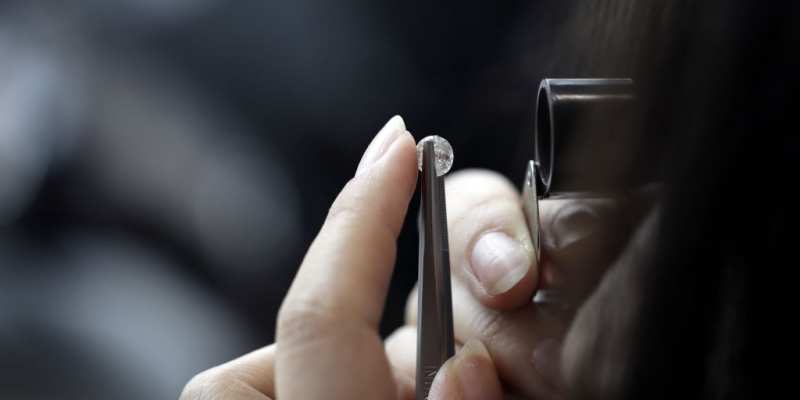
Diamonds And Serial Numbers
If you are new to the world of diamonds and want to make a smart purchase, it can be overwhelming to navigate through the various options available. Factors such as carat weight, color, clarity, and cut can impact both the price and quality of the diamond, making it easy to overlook other important considerations.
One crucial factor to consider is the diamond’s security feature, which is a built-in identifier found in real diamonds – the serial number. It’s important to note that not all diamonds have serial numbers. In the United States, only graded gems typically come with serial numbers.
The Gemological Institute of America (GIA) is a renowned institution that conducts diamond grading and certification. As part of the certification process, a serial number is engraved in the diamond. This ensures that the characteristics of the diamond match the identification number on its certification documents.
Similar grading and certification techniques are used in other countries, albeit by different institutions. Diamonds are assigned specific numbers and letters as part of their identification process.
The GIA utilizes laser inscription to create a unique and permanent mark on the diamond, often on the edge of the stone. This inscription includes the GIA’s report number. The laser inscription serves as a means for buyers to link the diamond to the accompanying GIA report.
Typically, the GIA laser inscription is located on the diamond’s girdle, which is the thin edge separating the upper crown facet from the lower pavilion facet.
By paying attention to the diamond’s serial number and the accompanying GIA report, buyers can have confidence in the authenticity and specific characteristics of the diamond they are purchasing.

Which Diamonds Have Serial Numbers?
Serial numbers on diamonds indicate that they are authentic and have undergone certification for their carat weight, cut, color, and clarity. These diamonds are accompanied by certification documents that validate their characteristics.
When you purchase a diamond with a serial number and certificate, the certificate will be issued in your name. This can be beneficial in cases of theft, as it can aid in the recovery of the diamonds.
It’s important to note that diamonds with serial numbers are typically obtained from reputable jewelers, particularly those who sell gemstones certified by the Gemological Institute of America (GIA). Purchasing from such sources ensures the authenticity and quality of the diamonds.
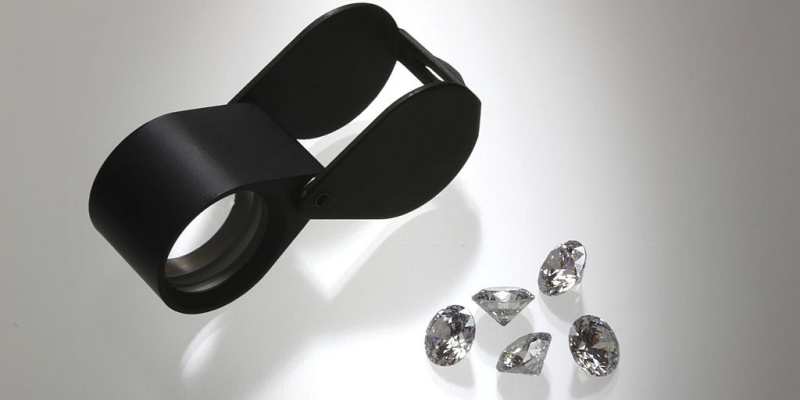
Why Is The Serial Number Important?
Purchasing a diamond with a serial number provides several important benefits. The primary advantage is that the GIA laser inscription serves as a vital identification feature, assuring you that the diamond you have purchased is genuine. This is especially crucial in a market where counterfeit and illegally sourced diamonds, such as blood diamonds, can be found.
Furthermore, buying a diamond with a serial number is recommended because it helps to address the issue of smaller certified diamonds, which are often handled in large volumes by diamond merchants, jewelry producers, and retailers. Some of these stones may be falsely represented as authentic, but the presence of a serial number ensures their veracity.
Having a serial number for your diamond offers additional advantages:
- Certification: The serial number certification validates important details of your diamond, including its color, carat weight, clarity, and cut. This certification adds credibility to the diamond’s characteristics.
- Proof of Ownership: The certification with your name as the buyer and owner of the diamond establishes your rightful ownership. In case of theft, this documentation can assist in recovering your diamond.
- Chain of Custody: The certification and serial number create a clear chain of custody for your diamond. When you decide to sell the diamond, having proof of ownership and genuine certification simplifies the process and instills confidence in potential buyers.
In summary, purchasing a diamond with a serial number provides assurance of its authenticity, facilitates recovery in case of theft, and adds credibility when selling the diamond.
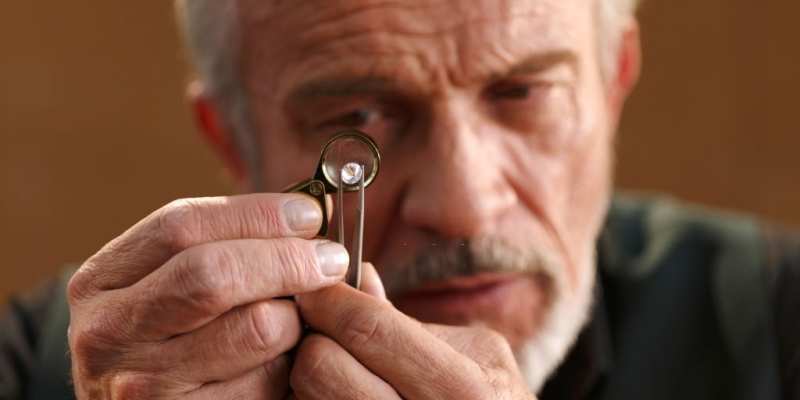
Tips For Reading The Laser Inscription On Your Diamond
Verifying the authenticity of a diamond and reading its serial number can be a bit challenging without the right tools. The laser inscription, though microscopic, plays a crucial role in identification and protection. Here’s what you need to know:
- Magnification: The serial number is typically located on the diamond’s girdle and is not visible to the naked eye. A 10x loupe is insufficient for clear viewing. To accurately see the inscription, a microscope with 20x magnification is recommended. This will allow you to read the serial number more easily.
- Time and Patience: Locating and reading the serial number can take some time and patience. With the appropriate magnification, you should be able to see the serial number unless it is too faint. Reading the entire number with a 10x loupe may be challenging.
- Tools for Jewelers: If you’re a jeweler, investing in tools for accurate inspection is essential. A laser inscription viewer is a powerful tool specifically designed for viewing the serial numbers on diamonds. It comes with an adjustable magnifying glass attached to an arm, making it easier to scan the diamond and inscription.
- Microscope Options: Gemological microscopes can be expensive, and they are typically used by professional jewelers. For non-professionals, a digital microscope is a more affordable option. These microscopes connect to smartphones, allowing you to view the diamond’s serial number directly on your phone’s screen.
By utilizing the appropriate tools, such as a microscope or a digital microscope, you can effectively locate and read the laser inscription and verify the authenticity of a diamond.

The Process Of Inscribing
The process of laser inscription on diamonds requires specialized equipment and skilled craftsmen. Here’s an overview of the process and the different types of diamond laser inscription:
- History and Purpose: Laser inscription on diamonds dates back to the 1970s when researchers discovered that laser beams could burn out inclusions in diamonds. In 1983, a laser engraving system was developed to mark diamonds with serial numbers, also known as footprints. The purpose of laser inscription is to provide identification and customization options for diamonds.
- Procedure: Inscribing a diamond begins with carefully selecting the appropriate spot on the diamond’s girdle for engraving the serial number. A precise and delicate laser beam is then used to inscribe the GIA report number onto the girdle. The inscription process does not affect the diamond’s quality, light performance, or visibility to the naked eye.
- Customization: Laser inscription is also utilized to engrave personalized messages on diamonds weighing 0.18 carats or more. These customized inscriptions add a personal touch to the diamond without altering its color, clarity grade, or overall appearance.
- Types of Laser Inscription: There are two main types of diamond laser inscription: hot and cold.
- Hot Laser Inscription: This method is commonly used during the manufacturing process for branding purposes on lower-end diamonds. However, it has potential drawbacks as it can alter the diamond’s color and clarity grade and even cause damage to the stone.
- Cold Laser Inscription: The preferred method used by major international grading labs such as GIA, AGS, IGI, and HRD. Cold laser inscription has no impact on the diamond’s color, clarity grade, or light performance. It is considered permanent and can only be removed by a professional diamond cutter. This method utilizes advanced technology that provides precise control during the inscription process without causing any thermal damage to the diamond.
In summary, diamond laser inscription involves the use of advanced equipment and skilled craftsmanship. The cold laser inscription method, preferred by reputable grading labs, ensures permanent and precise markings without affecting the diamond’s quality or appearance.
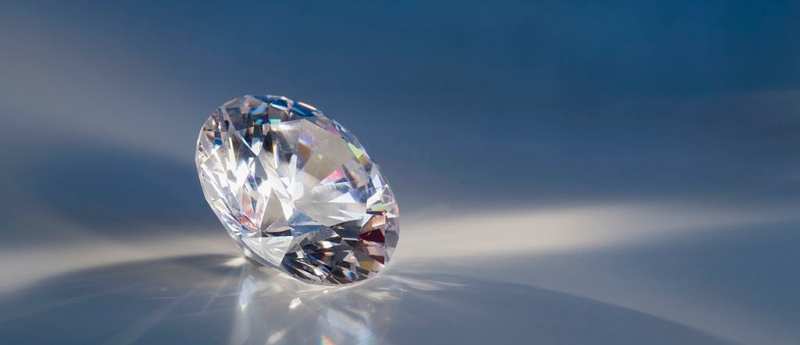
Advice For Buying With A GIA Laser Inscription
When purchasing a GIA-certified diamond with a laser inscription, it’s important to keep the following points in mind:
- Inquire about a Viewer: While at the store, ensure that your jeweler has a viewer available so you can view the laser inscription on the diamond. While not all buyers may find this necessary, some may appreciate the added assurance of being able to see the inscription.
- Discuss Positioning with the Jeweler: If you decide to buy a GIA-certified diamond engagement ring with a laser inscription, have a conversation with your jeweler regarding the positioning of the stone. It’s advisable to ensure that the serial number remains visible even when the diamond is set in the ring. This will allow you to easily verify the authenticity and details of the diamond whenever needed.
By considering these factors, you can make an informed decision and have peace of mind knowing that your GIA-certified diamond with a laser inscription is authentic and easily identifiable.
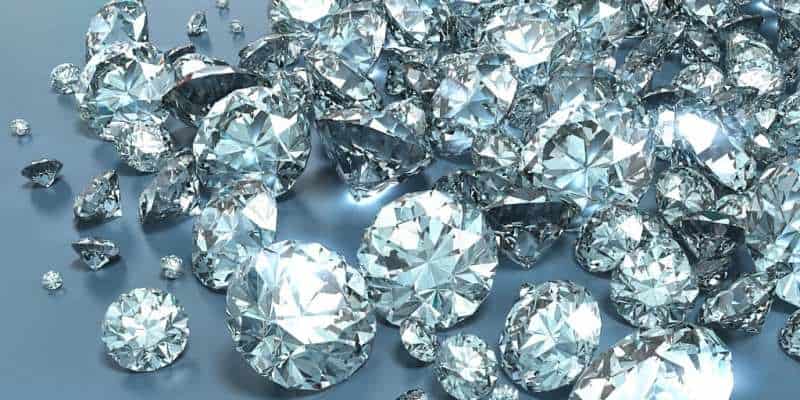
Frequently Asked Questions
Let’s address some frequently asked questions about diamond serial numbers.
Does having a serial number decrease the value of a diamond?
No, having a serial number does not decrease the value of a diamond. The microscopic serial number engraved on the diamond’s girdle is not visible to the naked eye and does not affect the diamond’s appearance. In fact, having a serial number can increase the value of the diamond as it provides proof that the diamond has been graded and certified by a reputable organization like the GIA.
Can I sell a diamond without a certificate?
While it is possible to sell a diamond without a certificate, it is not recommended. Reputable jewelers usually provide a certificate for the diamond, which contains important details such as carat weight, clarity, cut, and color. Certificates from organizations like GIA, AGS, or HRD are widely recognized and accepted. However, selling a diamond without a certificate may significantly decrease its value, as potential buyers prefer diamonds with proper certification.
Can diamonds be traced?
Yes, diamonds with serial numbers can be traced. Serial numbers not only help law enforcement agencies locate stolen diamonds but also provide information about the diamond’s origin. By using the serial number, it is possible to trace the exact location where the diamond was initially mined. This tracing ability is helpful in identifying diamonds that may have been obtained unethically, such as conflict diamonds originating from war zones. It is important for consumers to be aware of the diamond’s history and ensure its legitimacy.
Understanding the complexities of the diamond industry can indeed be challenging, but being informed about factors like serial numbers and certifications can help make more informed decisions when buying or selling diamonds.
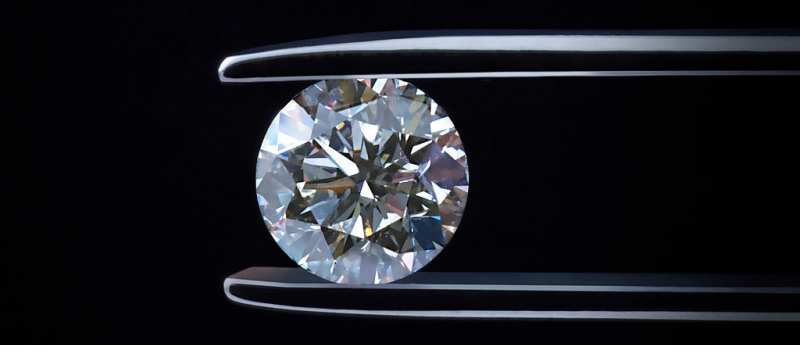
Conclusion
Are diamonds assigned serial numbers? The answer is:
Indeed, diamonds that have undergone grading and certification by reputable organizations such as the GIA are assigned serial numbers. These serial numbers play a vital role in confirming the authenticity and certification of the diamond you have purchased.
Furthermore, in the unfortunate event of your diamond being stolen, the serial number can aid in its recovery. When it comes to selling your diamond, the presence of a serial number can provide concrete evidence of its value and authenticity, enhancing your chances of a successful sale and potentially increasing its overall worth.


